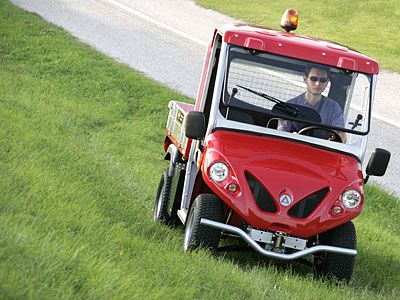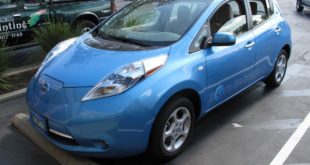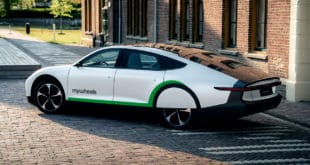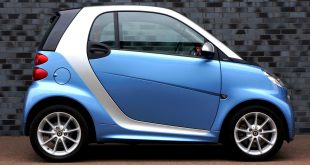Electric Vehicles ATX
A new generation of electric vehicles exists that is able to put in the field performances that are on a par with and in certain contests superior to the conventional diesel or petrol vehicles of the same category.
It is the case of the ATX E series, professional electrical vehicles designed to be used in the hardest and most demanding conditions, with loading capacity up to 1.000Kg and towing capacity up to 3.000Kg.

The E series of Alkè electric vehicles is made up of the:
· electric vehicles ATX100E and ATX200E
· electric vehicle ATX200E AR for waste collecting
· electric vehicle ATX280E
Alkè electrical vehicles combine silence and zero pollution to a real working capacity. It is not by chance that a growing number of sectors are starting conversion procedures of almost their entire fleet of vehicles to high performance electric vehicles such as the ATX E.
It makes a real difference being able to move and operate without limits of time or space within residential areas, tourist structures, parks and golf clubs, just as in areas within civil or commercial airports, without disturbing visitors or operators residing in these areas.
These vehicles have separate excitation engines with maximum torque at zero revs and smooth distribution, which prevents skidding and loss of grip also on high risk land-types (sand, snow or ice) and guarantee start-up in ascent with hesitation.
Thanks to their special engines and the particular control electronics, the ATX E raise the power, if necessary, by 6kW (8CV) nominal to a peak of17.5-20kW (24-27CV) to allow operations even in the presence of uneven land and 30% slopes.
The autonomy on standard routes is about 70-90Km, which corresponds to an entire working day even many repeated stops are required for frequent load-unload operations.
The electric ATXs have an energy recovery motor brake system, which in the stopping phase prevents all waste of power and wear of the brakes.

The complete re-charge of the battery set, normally carried out during the night, takes place using the high frequency battery-charger present on the machine, this means it can be connected anywhere there is a common mains socket without being restrained to fixed bases.
The special battery chargers used by the ATX E guarantee a greater number of charges with respect to the technologies commonly used (greater number of charges = longer life of the battery set = saving of management costs). It is not necessary to wait for the battery to be totally flat before re-charging it, the so-called “memory effect†present in other lower sectors is not found here.
The investment for an ATX E is re-paid in average terms by the maintenance costs, which are must lower if compared with equivalent diesel and petrol vehicles: maintenance is almost inexistent and there are noteworthy savings in fuel consumption. For an entire day’s work the cost for the complete charging of the battery sets is less than 1.5 – 2 euro.
It is important to know that the technical life, in working hours, of an electrical vehicle of this type is generally double, if not triple, with respect to a conventional fuel vehicle.
 Alternative Energy HQ solar power for homes, wind energy, and bio fuel issues
Alternative Energy HQ solar power for homes, wind energy, and bio fuel issues





